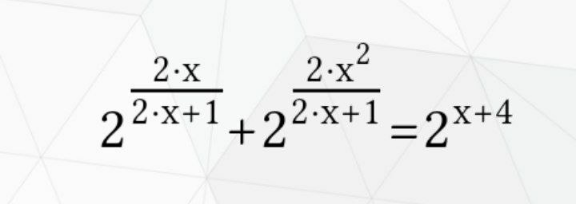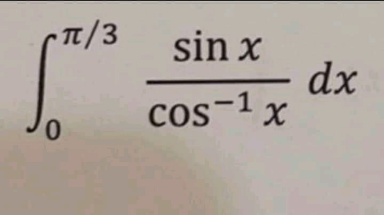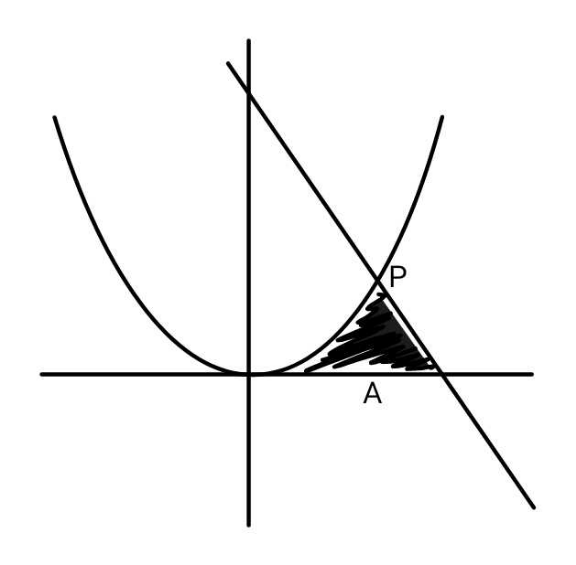
AllQuestion and Answers: Page 508
Question Number 168672 Answers: 0 Comments: 3
Question Number 168649 Answers: 0 Comments: 3
Question Number 168652 Answers: 0 Comments: 0

Question Number 168643 Answers: 0 Comments: 3

Question Number 168642 Answers: 0 Comments: 0
Question Number 168628 Answers: 1 Comments: 0
Question Number 168617 Answers: 0 Comments: 2

Question Number 168616 Answers: 1 Comments: 0

Question Number 168613 Answers: 3 Comments: 1
Question Number 168609 Answers: 2 Comments: 1

Question Number 168608 Answers: 2 Comments: 0

Question Number 168606 Answers: 1 Comments: 6

Question Number 168605 Answers: 0 Comments: 4
Question Number 168603 Answers: 1 Comments: 1

Question Number 168595 Answers: 0 Comments: 1

Question Number 168593 Answers: 0 Comments: 3

Question Number 168585 Answers: 1 Comments: 2
Question Number 168579 Answers: 0 Comments: 1

Question Number 168576 Answers: 0 Comments: 1
Question Number 168575 Answers: 1 Comments: 0
Question Number 168558 Answers: 2 Comments: 1

Question Number 168556 Answers: 1 Comments: 0
Question Number 168555 Answers: 2 Comments: 0

Question Number 168552 Answers: 0 Comments: 0

Question Number 168550 Answers: 1 Comments: 0

Question Number 168549 Answers: 1 Comments: 0
Pg 503 Pg 504 Pg 505 Pg 506 Pg 507 Pg 508 Pg 509 Pg 510 Pg 511 Pg 512
